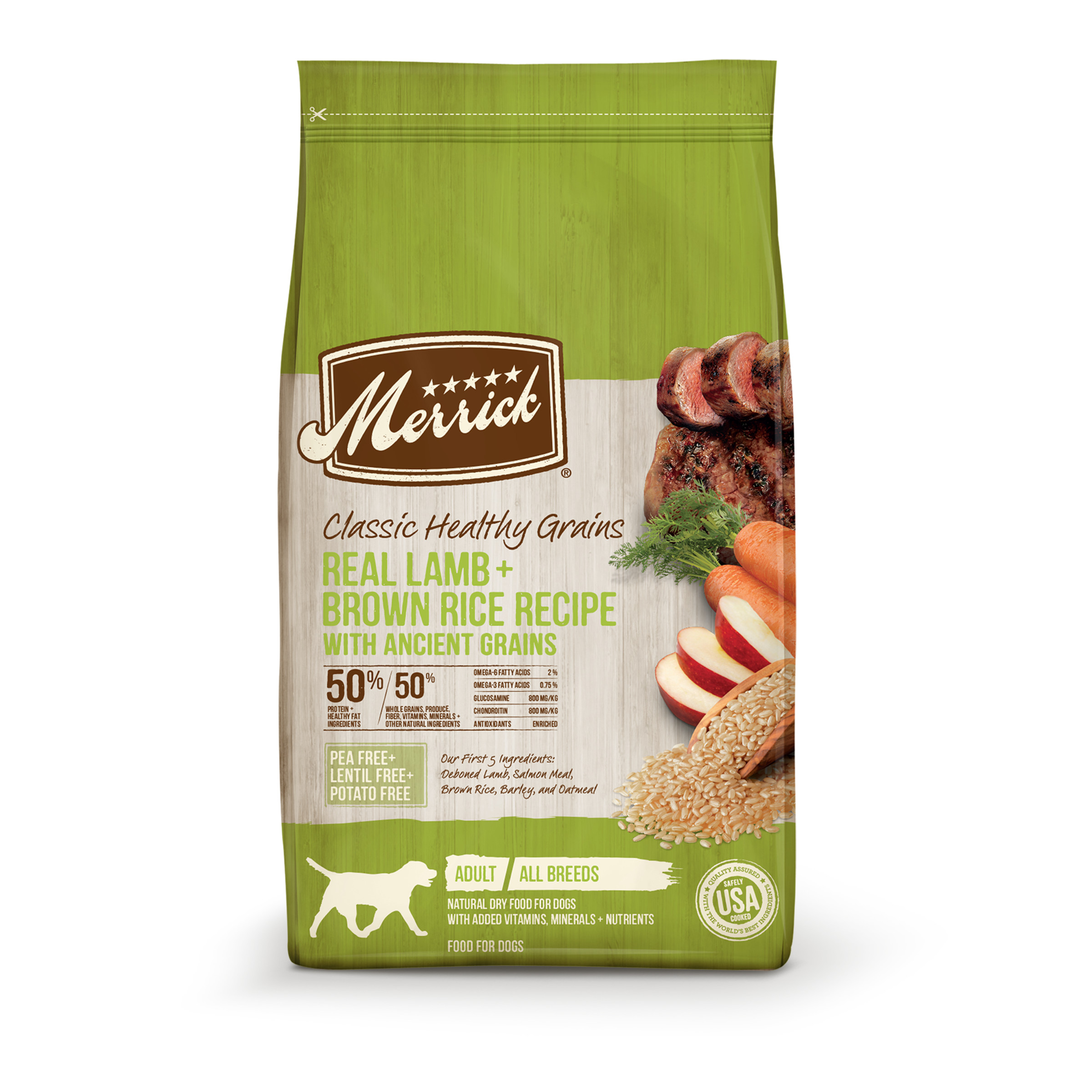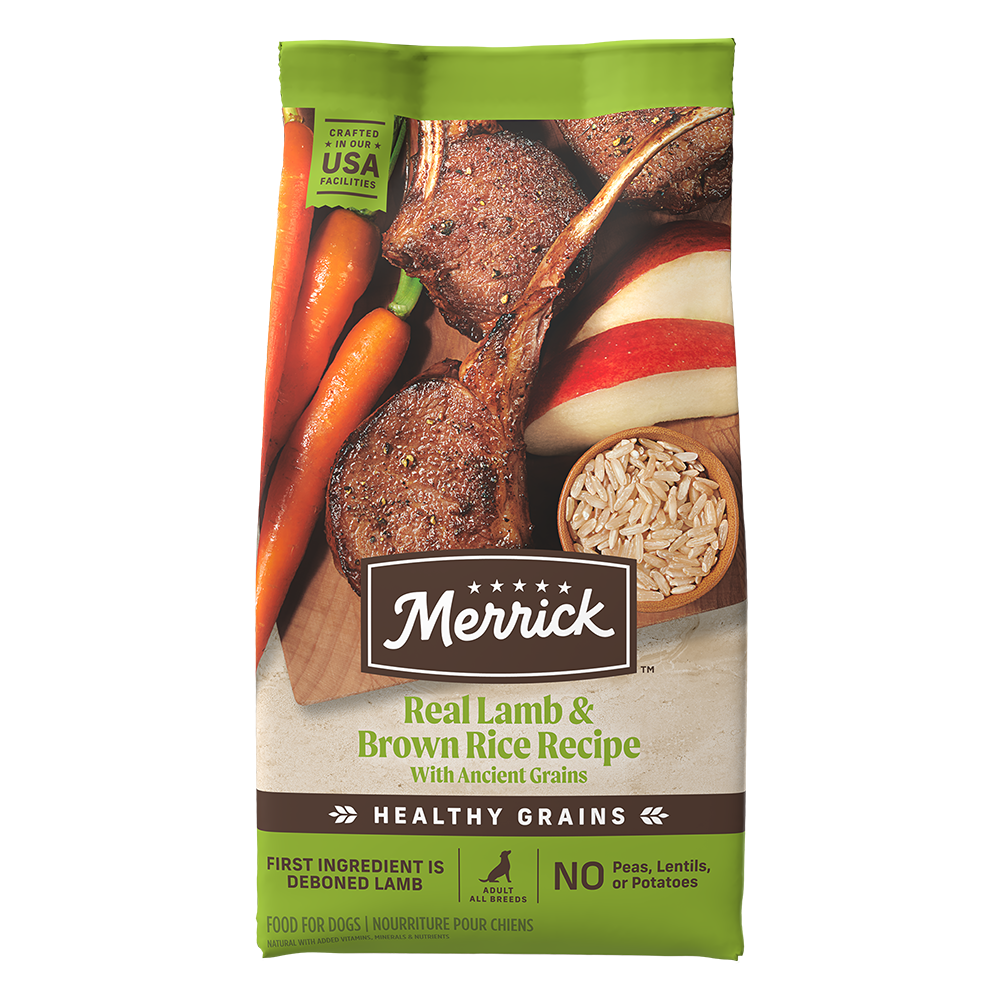
The Ultimate Guide to Lamb and Brown Rice Dog Food: Nutrition, Benefits, and Choosing the Right Formula
Introduction
As pet owners, we all want what’s best for our furry companions. One of the most impactful decisions we make for their well-being is choosing the right dog food. With so many options available, it can be overwhelming to decipher the labels and understand the ingredients. Lamb and brown rice dog food has emerged as a popular choice for many pet parents, touted for its digestibility, palatability, and nutritional benefits. This comprehensive guide will explore the advantages of this food type, help you understand its key ingredients, and provide insights on selecting the best formula for your beloved dog.
Why Choose Lamb and Brown Rice Dog Food?
Lamb and brown rice dog food offers a unique combination of nutrients that can be beneficial for dogs of various breeds, sizes, and life stages. Here’s a detailed look at the advantages:
Gentle on the Stomach
Many dogs, especially those with sensitive digestive systems, can struggle with common protein sources like chicken or beef. Lamb is often easier to digest, making it a suitable alternative for dogs prone to:
- Food Sensitivities: Lamb is a novel protein for many dogs, meaning they haven’t been exposed to it before. This reduces the likelihood of an allergic reaction.
- Digestive Upset: The easily digestible nature of lamb can minimize symptoms like vomiting, diarrhea, and gas.
- Skin Issues: Food sensitivities often manifest as skin problems. Switching to lamb-based food may alleviate itching, scratching, and inflammation.
Rich in Nutrients
Lamb is a nutrient-dense protein source that provides essential building blocks for your dog’s health. It’s a good source of:
- Protein: Crucial for muscle development, repair, and overall body function.
- Essential Amino Acids: These are the building blocks of protein that the body cannot produce on its own. Lamb contains all the essential amino acids dogs need.
- B Vitamins: Support energy production, nerve function, and cell growth.
- Iron: Essential for carrying oxygen in the blood and preventing anemia.
- Zinc: Important for immune function, wound healing, and skin health.
Sustained Energy
Brown rice is a complex carbohydrate that provides a steady release of energy, unlike simple carbohydrates that can cause blood sugar spikes and crashes. This can be particularly beneficial for:
- Active Dogs: Brown rice fuels their activities and helps maintain their energy levels throughout the day.
- Dogs with Diabetes: The slow-release nature of brown rice helps regulate blood sugar levels, making it a safer option for diabetic dogs.
- Weight Management: Brown rice is relatively low in calories and high in fiber, which can help dogs feel full and satisfied, aiding in weight control.
Understanding the Ingredients: Lamb and Brown Rice in Detail
To fully appreciate the benefits of lamb and brown rice dog food, it’s important to understand the specific roles each ingredient plays in your dog’s diet.
Real Lamb: Not Just a Flavoring
When choosing a lamb-based dog food, ensure that "lamb" is listed as the first ingredient. This indicates that it’s the primary protein source in the formula. Look for terms like:
- Lamb: Refers to the muscle meat of the animal.
- Lamb Meal: A concentrated protein source made by rendering lamb. It contains more protein per ounce than fresh lamb because the moisture has been removed.
Avoid foods that list "lamb flavoring" or "hydrolyzed lamb protein" as the primary source of lamb. These ingredients are often used in small quantities and don’t provide the same nutritional benefits as real lamb.
Brown Rice: A Whole Grain Powerhouse
Brown rice is a whole grain that retains the bran and germ, which are rich in fiber, vitamins, and minerals. Unlike white rice, which has been stripped of these nutrients, brown rice offers several health benefits:
- Fiber: Promotes healthy digestion, regulates blood sugar levels, and helps with weight management.
- B Vitamins: Support energy production and nerve function.
- Manganese: An essential mineral that plays a role in bone health, metabolism, and antioxidant defense.
- Selenium: An antioxidant that protects cells from damage.
Choosing the Right Lamb and Brown Rice Dog Food
With numerous brands and formulas available, selecting the best lamb and brown rice dog food for your dog can be challenging. Here are some factors to consider:
Life Stage
- Puppy: Puppies need a formula specifically designed for their growth and development. Look for foods that are labeled "complete and balanced for all life stages" or "puppy."
- Adult: Adult dogs need a maintenance formula that provides the right balance of protein, fat, and carbohydrates to maintain their weight and energy levels.
- Senior: Senior dogs may benefit from a formula that is lower in calories and fat and higher in fiber to support their aging bodies.
Breed Size
- Small Breed: Small breed dogs have faster metabolisms and need a food that is calorie-dense and has smaller kibble sizes.
- Large Breed: Large breed puppies need a food that is formulated to support their slower growth rate and prevent joint problems. Large breed adult dogs may benefit from a food that contains glucosamine and chondroitin to support joint health.
Special Needs
- Food Allergies: If your dog has food allergies, look for a limited ingredient formula that contains lamb and brown rice as the primary ingredients.
- Weight Management: If your dog is overweight, choose a formula that is lower in calories and fat and higher in fiber.
- Sensitive Stomach: If your dog has a sensitive stomach, look for a formula that is easily digestible and contains prebiotics and probiotics to support gut health.
Ingredient Quality
- Real Lamb First: Ensure that real lamb or lamb meal is the first ingredient listed.
- Whole Grains: Look for brown rice as the primary carbohydrate source.
- Avoid Fillers: Avoid foods that contain fillers like corn, wheat, and soy.
- Added Vitamins and Minerals: Ensure that the food is fortified with essential vitamins and minerals.
Brand Reputation
- Research: Read reviews and research the brand’s reputation before making a purchase.
- Manufacturing Standards: Choose a brand that follows strict manufacturing standards and conducts quality control testing.
- Veterinarian Recommended: Consider choosing a brand that is recommended by veterinarians.
Potential Downsides to Consider
While lamb and brown rice dog food offers numerous benefits, it’s essential to be aware of potential drawbacks:
- Lamb Source: The quality of lamb can vary depending on the source. Opt for brands that use high-quality, ethically sourced lamb.
- Cost: Lamb-based formulas can sometimes be more expensive than those with chicken or beef.
- Not a Universal Solution: While beneficial for many, some dogs may still have sensitivities to lamb or brown rice.
- Nutritional Completeness: Always ensure the food is "complete and balanced" to avoid nutrient deficiencies.
Making the Switch: Transitioning to Lamb and Brown Rice
When switching your dog’s food, it’s crucial to do so gradually to avoid digestive upset. Here’s a recommended transition plan:
- Day 1-2: Mix 25% of the new food with 75% of the old food.
- Day 3-4: Mix 50% of the new food with 50% of the old food.
- Day 5-6: Mix 75% of the new food with 25% of the old food.
- Day 7: Feed 100% of the new food.
Monitor your dog’s stools and appetite during the transition. If you notice any signs of digestive upset, slow down the transition or consult with your veterinarian.
Conclusion
Lamb and brown rice dog food can be a great choice for dogs with sensitivities, digestive issues, or those who simply thrive on this combination. By understanding the benefits, carefully evaluating ingredient quality, and considering your dog’s individual needs, you can confidently select a formula that supports their health and well-being. Always consult with your veterinarian before making significant changes to your dog’s diet to ensure it’s the right choice for their specific needs.

